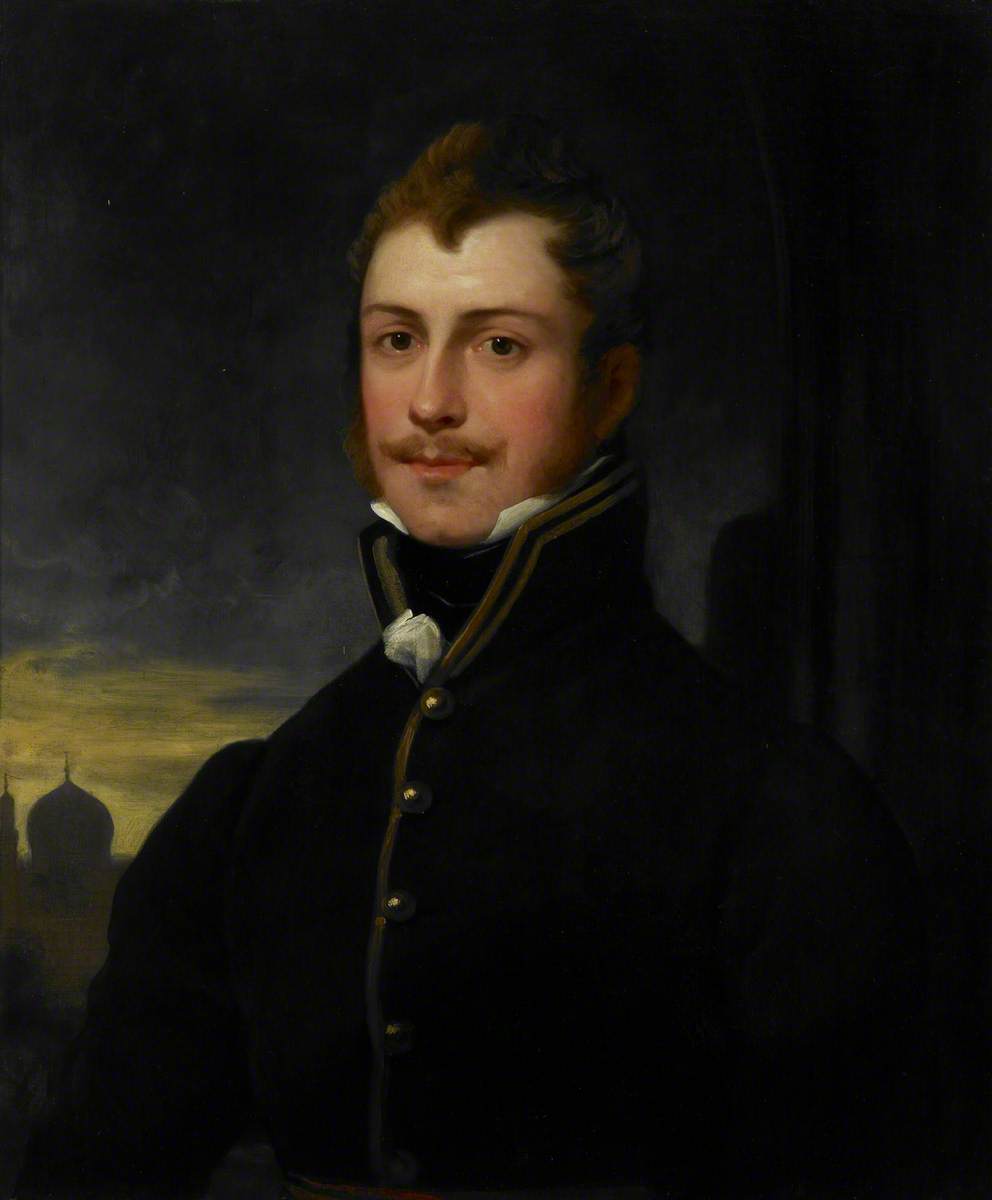How you can use this image
This image is available to be shared and re-used under the terms of the Creative Commons Attribution-NonCommercial-ShareAlike licence (CC BY-NC-SA).
This image can be reproduced in any way but your use of it cannot be for any kind of commercial purpose. Any work you create using this image must also be
Wherever you reproduce the image or an altered version of it, you must attribute the original creators (acknowledge the original artist(s), the person/organisation that took the photograph of the work) and any other stated rights holders.
Review our guidance pages which explain how you can reuse images, how to credit an image and how to find more images in the public domain or with a Creative Commons licence available.
DownloadNotes
Add or edit a note on this artwork that only you can see. You can find notes again by going to the ‘Notes’ section of your account.
A brilliant linguist, Rich joined the East India Company in 1804 and was appointed Resident at Baghdad in 1808. Here, in addition to his official duties, he collected coins, rare manuscripts and other material with the eventual aim of compiling a history of the area. He visited the site of Babylon on a number of occasions and published ‘Memoirs’ on the ruins. His account of time spent in Kurdistan was published in 1836. He had a promising career with the Company ahead of him but in 1821 he died of cholera at Shiraz. His collection of medals, coins, gems and engraved tablets was bought by the Museum from his widow, Mary, daughter of the governor of Bombay, Sir James Mackintosh, whom he had married in 1808. This laid the foundations of the British Museum’s Assyrian collections.
Title
Claudius James Rich (1786/1787–1821)
Date
1825
Medium
oil on canvas
Measurements
H 76.5 x W 63.4 cm
Accession number
Painting.22
Acquisition method
gift from the sitter's widow, Mrs Mary Rich, 1825; on loan to the British Library, since 1990
Work type
Painting








